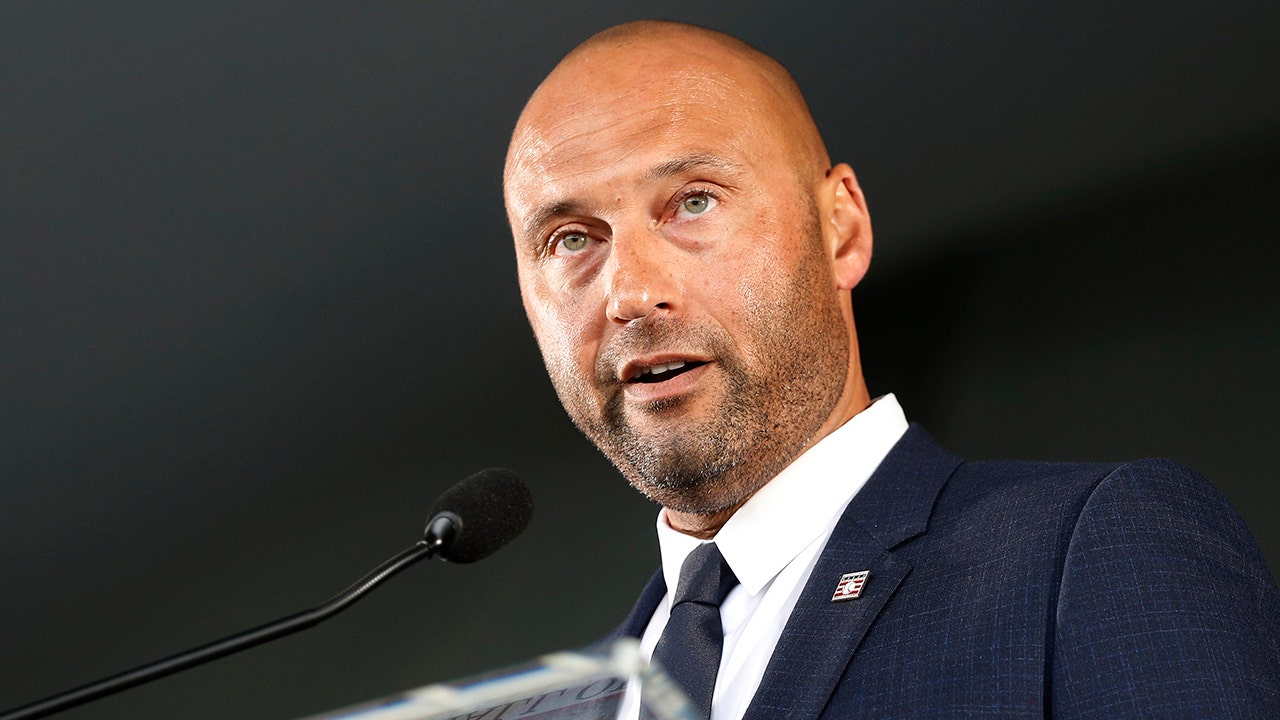, /PRNewswire/ -- Studies show that up to 70% of sleep apnea cases may go undiagnosed when home sleep tests rely solely on indirect signals like oxygen desaturation or peripheral arterial tone, rather than directly measuring airflow [1].
While home sleep apnea testing (HSAT) has dramatically improved access to diagnosis, many devices on the market rely on indirect signals—like oxygen desaturation or arterial tone—to infer breathing disturbances. But sleep apnea is a condition defined by disrupted airflow. Without capturing this core signal, critical events like hypopneas can be missed, misclassified, or misunderstood. As clinical research and expert consensus increasingly affirm, airflow isn't optional—it's essential.
The American Academy of Sleep Medicine (AASM) recommends airflow monitoring as the primary signal for scoring apneas and hypopneas, stating that "airflow is the most important respiratory signal" for event detection in sleep studies [1]. Without airflow, hypopneas are frequently missed, leading to underestimation of sleep apnea severity [2, 3]. Recognizing that the human respiratory system is interconnected with only two degrees of freedom, the AASM determines that using an airflow channel based on two respiratory effort signals is adequate for scoring apnea and hypopnea events.
Wesper Lab, a Type III HSAT, has developed the first and only FDA-cleared airflow channel that is substantially equivalent to a nasal cannula, without any facial appliance.
By using two wearable biosensor patches—one on the chest and one on the abdomen—Wesper detects thoracoabdominal movement to compute airflow without requiring a nasal cannula. This approach aligns with gold-standard PSG methods and has been validated by the FDA as substantially equivalent to nasal cannula airflow (510k clearance) [4].
Including airflow offers several clear advantages:
- Improved Diagnostic Accuracy: Devices without airflow must infer respiratory events from secondary physiological changes, such as blood oxygen desaturation or changes in arterial tone. Studies have shown that these methods miss or misclassify events, especially when desaturation is delayed or absent [5,6]. In contrast, Wesper directly tracks respiratory effort and airflow, improving the sensitivity and specificity of apnea and hypopnea detection [7].
- Superior Apnea Type Differentiation: Distinguishing between obstructive sleep apnea (OSA) and central sleep apnea (CSA) requires knowing whether respiratory effort is present. Surrogate methods face major challenges in effort to reliably make this distinction [8]. Wesper, by simultaneously measuring airflow and effort, can accurately identify central events—essential for guiding appropriate therapy.
- Better Patient Comfort and Compliance: Nasal cannulas are often poorly tolerated at home, leading to dislodgement or incomplete studies and inaccurate readings. Wesper eliminates the need for facial sensors, offering a more comfortable, reliable and user-friendly setup that encourages adherence and supports multi-night testing.
- Resilience to External Factors: Peripheral signal-based devices (e.g., PAT/PPG) can be disrupted by cold extremities, poor circulation, and arrhythmias such as atrial fibrillation. Wesper is immune to these issues because it measures respiratory motion directly from the thorax and abdomen [9,10].
Wesper's FDA-cleared, cannula-free airflow technology represents a pivotal advancement in home sleep testing—combining clinical precision with patient comfort.
Unlike other systems that rely on surrogates or disposable gadgets, Wesper delivers accurate, multi-night, reusable testing that aligns with gold-standard PSG outcomes and fits modern care workflows.
With rising demand for sleep diagnostics and growing awareness of apnea's impact on chronic disease, airflow-based HSAT isn't just a better choice—it's the new clinical imperative.
About Wesper
Wesper is a leading provider of advanced home sleep testing solutions, delivering clinically validated, multi-night diagnostics and titration with unparalleled comfort and accuracy. With a 99% patient success rate and seamless provider integration, Wesper is redefining the future of sleep care—accessible, precise, and built for long-term outcomes.
References
- Vishesh KK, et al. J Clin Sleep Med. 2017;13(3):479-504.
- Ruehland WR, et al. Sleep. 2009;32(2):150–157.
- Shamim-Uzzaman QA, et al. Sleep Sci Pract. 2018;2:7.
- FDA 510(k) Premarket Notification: K221816.
- Iftikhar IH, et al. J Clin Sleep Med. 2022;18(4):1094.
- Pillar G, et al. Sleep Breath. 2020;24(1):387–398.
- Raphelson JR, et al. J Clin Sleep Med. 2023;19(9):1643-164.
- Schnall RP, et al. Sleep Med Rev. 2022;61:101566.
- Braga B, et al. Sleep Med. 2009;10(2):212–216.
- Stevenson IH, et al. Eur Heart J. 2008;29(13):1662–1669.
SOURCE Wesper

WANT YOUR COMPANY'S NEWS FEATURED ON PRNEWSWIRE.COM?
![]()
440k+
Newsrooms &
Influencers
![]()
9k+
Digital Media
Outlets
![]()
270k+
Journalists
Opted In
.png)
 German (DE)
German (DE)  English (US)
English (US)  Spanish (ES)
Spanish (ES)  French (FR)
French (FR)  Hindi (IN)
Hindi (IN)  Italian (IT)
Italian (IT)  Russian (RU)
Russian (RU)  4 hours ago
1
4 hours ago
1









Comments